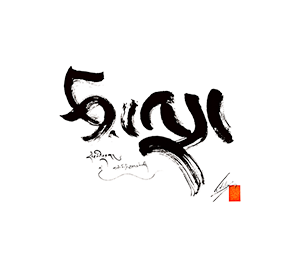His poems were a blending of sentiment, reason, and beauty of nature with Daoism, Buddhism, and Confucian philosophy. Xie edited the southern version of the Mahaparinirvana-sutra, wrote a “discussion of essentials,” and identified the combination of Nirvana and Samsara with the doctrine of Void. These were tasks well suited to a mind accustomed to the Daoist teachings of the Dao De Jing . . .
Xie was regarded as the first of the nature poets and the founder of the school of mountains and waters poetry (shanju fu). His editions and commentary on Buddhism popularized this religion with educated Chinese scholars. (Source Accessed Aug 20, 2020)
In the Jin Dynasty and the Song Dynasty, [the] Mahaparinirvana-sutra spread in the Central Plains [and] had two versions: the southern one and the northern one. The northern version was translated by Tan Mochen, while the southern one by Xie Lingyun, Hui Yan and Hui Guan. The two versions had many differences in their structure, content and style. According to many documents, Xie played a quite important role in the retranslation and the compilation of [the] Mahaparinirvana-sutra. He participated in and presided over it. In addition, he did a lot of pertinent research and annotating work. (Source Accessed Aug 20, 2020)
